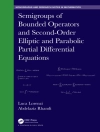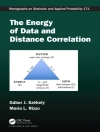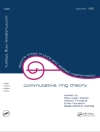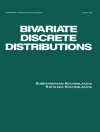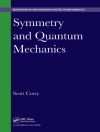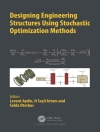As physicists, mathematicians or engineers, we are all involved with mathematical calculations in our everyday work. Most of the laborious, complicated, and time-consuming calculations have to be done over and over again if we want to check the validity of our assumptions and derive new phenomena from changing models. Even in the age of computers, we often use paper and pencil to do our calculations. However, computer programs like Mathematica have revolutionized our working methods. Mathematica not only supports popular numerical calculations but also enables us to do exact analytical calculations by computer. Once we know the analytical representations of physical phenomena, we are able to use Mathematica to create graphical representations of these relations. Days of calculations by hand have shrunk to minutes by using Mathematica. Results can be verified within a few seconds, a task that took hours if not days in the past. The present text uses Mathematica as a tool to discuss andto solve examples from physics. The intention of this book is to demonstrate the usefulness of Mathematica in everyday applications. We will not give a complete description of its syntax but demonstrate by examples the use of its language. In particular, we show how this modern tool is used to solve classical problems. viii Preface This second edition of Mathematica in Theoretical Physics seeks to prevent the objectives and emphasis of the previous edition.
Gerd Baumann
Mathematica for Theoretical Physics [PDF ebook]
Electrodynamics, Quantum Mechanics, General Relativity, and Fractals
Mathematica for Theoretical Physics [PDF ebook]
Electrodynamics, Quantum Mechanics, General Relativity, and Fractals
¡Compre este libro electrónico y obtenga 1 más GRATIS!
Idioma Inglés ● Formato PDF ● ISBN 9780387251134 ● Editorial Springer New York ● Publicado 2006 ● Descargable 6 veces ● Divisa EUR ● ID 5544151 ● Protección de copia Adobe DRM
Requiere lector de ebook con capacidad DRM


